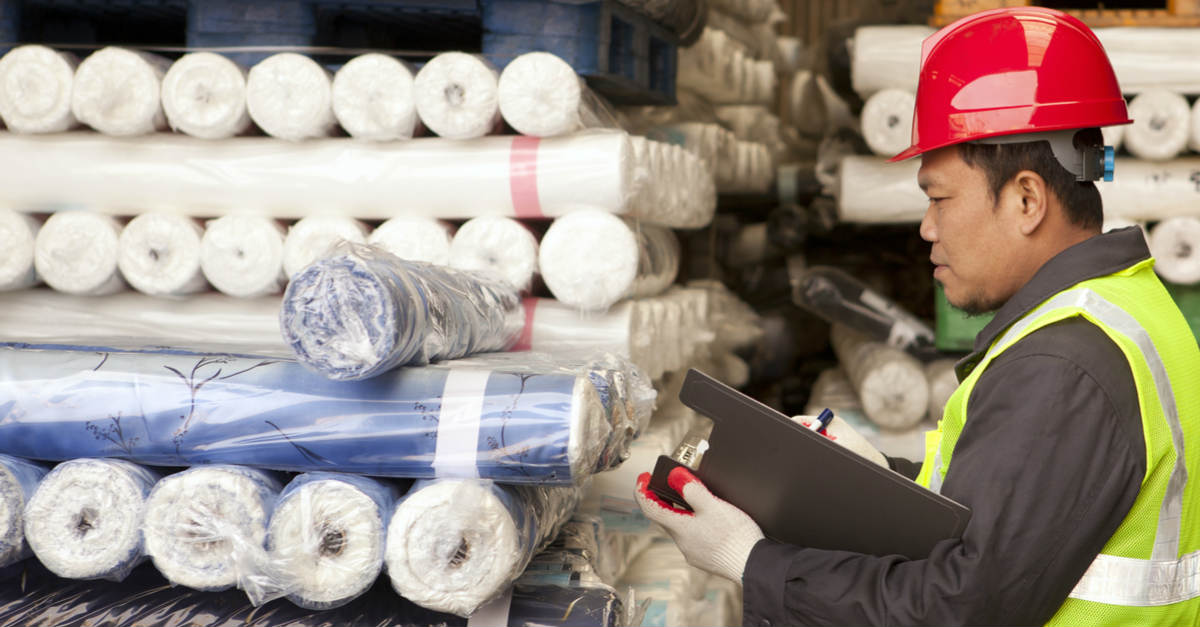The Points You Must Know On Pre-Shipment Inspection Checklist
In the realm of international trade, ensuring the quality and compliance of products holds paramount importance. One highly effective method to achieve this is through pre-shipment inspection, a comprehensive checklist to assess the quality and conformity of goods before their shipment to the buyer. This article will delve into the intricacies of a pre-shipment inspection checklist, its significance, and the steps involved in conducting a meticulous inspection.

The Significance of Pre-Shipment Inspection
Pre-shipment inspection serves as a crucial quality control measure to ensure that products meet the required standards and specifications. It acts as a safeguard against receiving substandard or defective goods, which can lead to customer dissatisfaction, financial losses, and damage to a company's reputation.
By conducting a pre-shipment inspection, businesses can identify potential issues or defects in the products before they are shipped. This allows for timely rectification and prevents the shipment of faulty goods, thereby reducing the risk of customer complaints and returns. Additionally, it provides an opportunity to assess the overall quality of the products and make necessary improvements.
Components of a Pre-Shipment Inspection Checklist
A pre-shipment inspection checklist typically comprises a series of steps and criteria that require evaluation during the inspection process. Here are some key components commonly found in such a checklist:
1. Order Verification: The inspector verifies the order details, including product specifications, quantity, and delivery date. This ensures that the correct products are being inspected and shipped.
2. Factory Assessment: The inspector visits the factory to assess the production process and ensure adherence to the required standards. This includes checking the manufacturing equipment, production line, and overall cleanliness of the facility.
3. Quantity Check: The inspector counts the shipping cartons to verify that the correct quantity of products is being shipped. This helps prevent any discrepancies in the order and ensures that the buyer receives the correct number of items.
4. Sampling: Random samples are selected from the shipment for inspection. These samples are representative of the entire batch and are thoroughly examined for any defects or non-compliance with the specified requirements.
5. Visual Inspections: The inspector conducts a visual inspection of the products to assess their overall appearance, functionality, performance, durability, and dimensions. This includes checking for any visible defects, damages, or inconsistencies.
6. Safety Tests: The inspector performs safety tests to ensure that the products meet the required mechanical and electrical safety standards. This is particularly important for products that pose potential risks to consumers if not properly manufactured or designed.
7. Compliance Checks: The inspector verifies whether the products meet the customer's specifications and comply with the relevant regulations and standards. This includes checking for any labeling requirements, product markings, and documentation.
8. Assigning Corrective Action: If any non-compliance or defects are identified during the inspection, the inspector assigns corrective action to rectify the issues. This may involve requesting repairs, replacements, or adjustments to ensure that the products meet the required standards before shipment.

Benefits of Pre-Shipment Inspection
The implementation of a pre-shipment inspection checklist offers several benefits for businesses engaged in international trade:
1. Quality Assurance: By conducting a pre-shipment inspection, businesses can ensure that the products meet the desired quality standards. This helps maintain customer satisfaction and enhances the reputation of the company.
2. Risk Mitigation: Identifying and rectifying any defects or non-compliance before shipment reduces the risk of receiving faulty goods. This minimizes the chances of customer complaints, returns, and potential legal issues.
3. Timely Rectification: Conducting a pre-shipment inspection allows for timely rectification of any issues or defects. This ensures that the products are in optimal condition before they reach the buyer, avoiding delays and additional costs associated with returning or replacing goods.
4. Compliance with Regulations: Pre-shipment inspections help ensure that the products comply with the relevant regulations and standards of the importing country. This prevents any potential customs issues or rejections at the destination port.
5. Improved Communication: The inspection process provides an opportunity for effective communication between the buyer, seller, and inspector. Any concerns or discrepancies can be addressed promptly, fostering transparency and trust among all parties involved.

Conclusion
A pre-shipment inspection checklist is an indispensable tool for businesses engaged in international trade. It helps ensure the quality and compliance of products before they are shipped to the buyer, reducing the risk of receiving substandard or defective goods. By prioritizing quality control measures, businesses can establish themselves as reliable suppliers and build long-term relationships with their customers.
Remember, a pre-shipment inspection is not only about identifying defects or non-compliance; it is also an opportunity to assess the overall quality of the products and make improvements if necessary. By consistently upholding quality standards, businesses can establish a strong foothold in the global marketplace and surpass competitors in terms of customer satisfaction and product reliability.
Keywords: Pre-shipment inspection, Quality control, Compliance, International trade, Checklist, Product specifications, Factory assessment, Sampling, Visual inspections, Safety tests, Corrective action, Risk mitigation, Customer satisfaction, Product reliability.

Leave a comment
Please note, comments must be approved before they are published